Reading is a vital communication skill that connects us to other people, other places and other times. It also expands our knowledge beyond what we can touch or see. Yet, teaching reading comprehension can be a difficult and time consuming undertaking, and for that reason, reading comprehension skills have often been taught in isolation, either specifically during its allotted time or only by an ELA teacher. However, reading across content areas is one way to make reading compression instruction come to life, by giving purpose to reading and make effective use of classroom time in the process. Reading skills can be developed in any number of content areas.
Social Studies
Social studies content lends itself nicely to reading comprehension instruction. Nonfiction and historical fiction texts abound with themes ranging from community to civil rights to World War II. There really is something for every topic.
The Sandwich Swap by Queen Rania of Jordan Al Abdullah and Kelly Dipucchio (Grades P-2, Lexile AD630) exposes young readers to the idea of  diversity and can lead to a meaningful discussion about learning to understand and accept differences in other cultures. It is also an excellent text to teach students how to analyze story sequence and theme. To further develop this theme of cultural diversity consider reading One Green Apple (Grades K-3, Level O, Lexile 540) or Tacky the Penguin (Grades K-3, Level L, Lexile AD 810).
diversity and can lead to a meaningful discussion about learning to understand and accept differences in other cultures. It is also an excellent text to teach students how to analyze story sequence and theme. To further develop this theme of cultural diversity consider reading One Green Apple (Grades K-3, Level O, Lexile 540) or Tacky the Penguin (Grades K-3, Level L, Lexile AD 810).
Eve Bunting has written a wide range of historical fiction texts ideal for social studies instruction. So Far from the Sea (Grades K-4, Level R, Lexile 590) is a heart-warming tale of a young girl and her family as they visit the site of Manzanar, a former Japanese internment camp. This text lends itself to a comparison of the fictional family’s experience to the real-life experiences of Manzanar as told through interviews and documentaries which you can find in the corresponding Teacher Resource created by Booksource. This book can also be used as a read aloud for middle and high school readers as a hook to get them interested in reading A Farewell to Manzanar (Grades 7-10, Level Z, Lexile 1040).
Science
Science, much like social studies, offers a wide variety of texts to choose from. Often non-fiction science books offer an array of visuals including diagrams, drawings and real-life photographs. But there are also really compelling informational fiction texts that provide the fun element of a story arc while teaching students science concepts.
The book The Arctic and Antarctica by Philip Steele (Grades K-3) can be used to provide information about the land, animals and people of the Arctic and Antarctic Polar Regions with beautiful full-color images. Readers will not only learn about animals, but also about the growing concern of climate change throughout the text.
Students can further their appreciation and understanding of the Arctic and its incredible animals while singing along to Over in the Arctic Where the Cold Winds Blow by Marianne Berkes (Grades P-2, Lexile AD650) to the children’s tune, “Over in the Meadow.”
Pairing these books with other titles about the Polar Region, students can learn interesting and accurate facts while working on their comprehension strategy skills by analyzing the content and forming inferences.
Math
Reading and math are not often paired, but this is an area where students also need to have strong reading skills for reading and evaluating word problems. The use of read alouds and picture books that incorporate math concepts in the narrative aids in that understanding.
Books such as The Penny Pot by Stuart Murphy (Grades 1-3, Level M, Lexile 240) are ideal for teaching math problem solving skills. The Penny Pot  takes readers to a school carnival as a student tries to save pennies and other coins to pay to have her face painted. Students will not only learn about the value of coins and adding money, but they will have an opportunity to practice interpreting words and phrases to develop a clear understanding of math vocabulary. The Penny Pot is part of a MathStart series that addresses a wide range of math skills through fictional stories.
takes readers to a school carnival as a student tries to save pennies and other coins to pay to have her face painted. Students will not only learn about the value of coins and adding money, but they will have an opportunity to practice interpreting words and phrases to develop a clear understanding of math vocabulary. The Penny Pot is part of a MathStart series that addresses a wide range of math skills through fictional stories.
The Doorbell Rang by Pat Hutchins (Grades P-2, Level J, Lexile 340) is a classic picture book in which Mom’s fresh baked cookies must be further divided each time the doorbell rings revealing more visitors. Students can investigate the concept of fair division while analyzing the structure of the text.
With a little planning, reading instruction can easily be integrated into content areas—resulting in higher student engagement and better reading comprehension skill development overall.


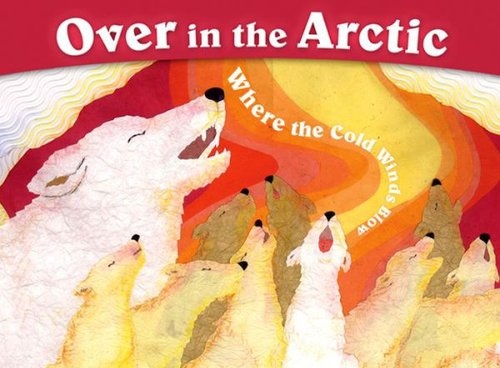

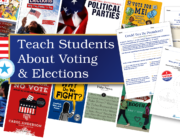
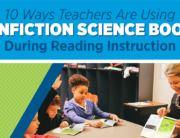
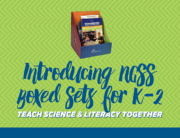
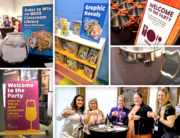
Leave A Comment